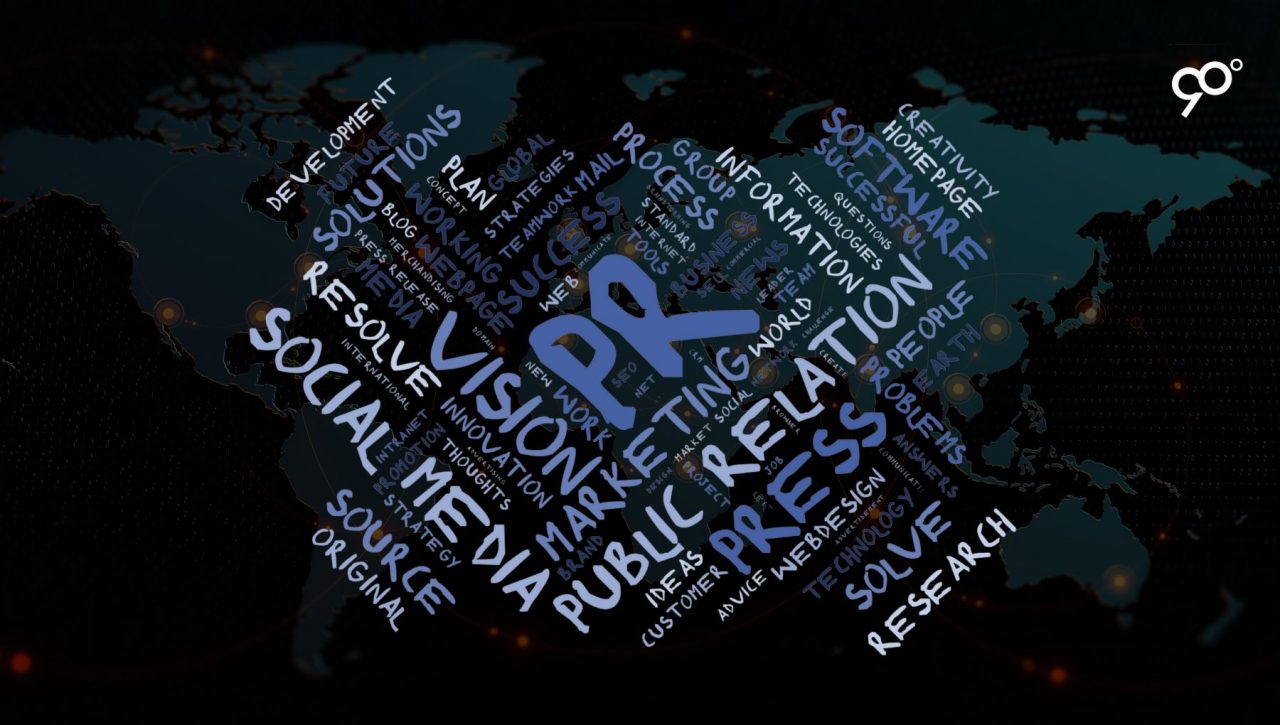
In an increasingly interconnected world, public relations no longer operates within borders. Campaigns that once targeted local audiences now reach global ones in seconds, making cultural awareness not just important—but essential. Navigating global PR in culturally sensitive times requires more than translation; it demands deep understanding, empathy, and strategic communication that honors the diversity of the modern audience.
Today’s consumers are more socially conscious than ever. They expect brands not only to deliver quality products and services but also to demonstrate cultural respect and awareness. A misstep in tone, language, or symbolism that may seem minor in one region can spark backlash in another. As such, global PR teams must walk a fine line: maintaining brand consistency while adapting messages to resonate appropriately in different cultural and social contexts.
Cultural sensitivity
Cultural sensitivity in PR goes far beyond avoiding offense. It involves understanding local histories, values, customs, and even current events. For instance, a campaign that features humor or imagery acceptable in one country might be considered tone-deaf or insensitive in another due to political tensions, religious beliefs, or social taboos. Without thoughtful localization, even well-intentioned messages can come across as dismissive or exploitative.
Successful global PR begins with listening. Monitoring local conversations—through social media, news outlets, and community forums—offers insight into what matters to specific audiences. It also helps identify potential risks before a message goes live. Partnering with local experts or regional teams can further strengthen campaign relevance and reduce the risk of cultural misalignment. These collaborators understand the nuances that outsiders might overlook and can provide guidance on language, timing, and tone.
Crisis communication
Crisis communication in culturally sensitive times also requires a nuanced approach. When a brand missteps, a generic global apology rarely satisfies. Audiences expect accountability that acknowledges local impact and shows genuine understanding. Tailoring apologies or corrective actions to specific regions demonstrates respect and a willingness to grow. Moreover, transparency and timely responses are key to rebuilding trust across different markets.
Technology plays a helpful but limited role in this process. AI tools can support real-time media monitoring and flag language risks or cultural red flags, but they can’t replace human empathy. The subtleties of culture—context, irony, identity—are often beyond the grasp of algorithms. That’s why culturally sensitive PR must always be grounded in human insight, not just data.
Maintaining authenticity is another important layer. Consumers today are quick to spot inauthentic messaging, especially when brands attempt to align with cultural or social causes without real commitment. Tokenism, performative allyship, and empty statements can do more harm than good. Brands that speak out must also back their words with action—through policies, partnerships, or community support—to earn trust globally.
Global PR
Ultimately, navigating global PR in culturally sensitive times isn’t just a defensive strategy—it’s an opportunity. It allows brands to connect more meaningfully with diverse audiences, build long-term loyalty, and establish themselves as respectful global citizens. Those who invest in cultural intelligence not only avoid missteps but also tell richer, more inclusive stories that resonate across borders.
In a world where messages can go viral in seconds and public sentiment can turn on a dime, cultural sensitivity is no longer optional. It’s a core competency. The brands that thrive globally are those that lead with respect, listen before they speak, and treat cultural awareness as a strength—not a burden.
Follow Ninety Degrees PR Solutions on LinkedIn for more public relations and communication related articles.

